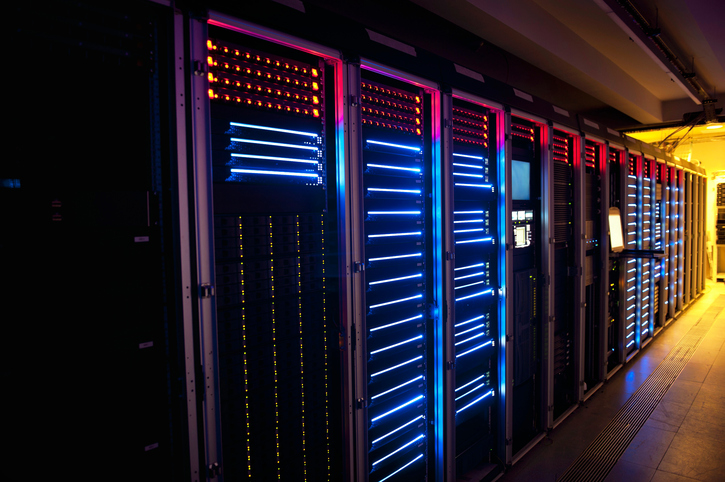Modern Computers
The concept of the modern computer was proposed by Alan Turing in 1936 who told the concept in a paper. To do this he proposed the idea that the "Universal Computing machine" could store programs inside of it on tape allowing people to program the computer to do things so it would be stored on the memory of a computer. At the start of this generation of computers, a huge problem that occurred in stored programs was that if something went wrong with the program the whole thing would have to be rewritten and the device would be rewired due to the fact that it had fixed program. The first stored-program computer was The Manchester Baby by Frederic C. Williams, Tom Kilburn and Geoff Tootill, and ran its first program on 21 June 1948. In 1947 an innovation to the vacuum tube was made and it was the bipolar transistor which worked the same as the vacuum tube but required less energy and took up less space and overall keeping the device from overheating as fast. In 1971 the microprocessor was invented by Ted Hoff and Stanley Mazor the invention was an integrated circuit that contains all the functions of a central processing unit of the computer. Years later an innovation was adding a battery to the computers allowing them to become more mobile than the previous versions. In 1993the Cambridge University made the first digital webcam and connected it to the internet. This was the first webcam but it was not made to be sold and in 1994 a company called Connectix created the QuickCam the first commercial webcam. Later in the 2000s Apple and Microsoft started adding them to their computers and they became popularized Besides this computers have gotten faster, and capable of storing large amounts of data and become so important to society that now schools offer classes to learn how to use them and jobs are made just around the usage of a computer.
